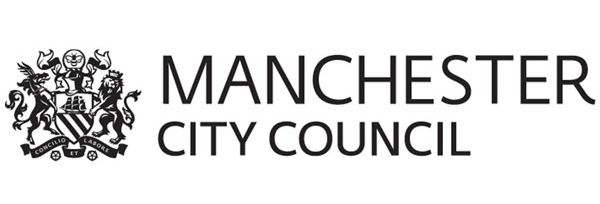As part of the ‘Delivering Differently’ strategic review, Manchester now has:
• a new Delivering Differently Strategy 
• a Domestic Violence and Abuse (DV&A) Forum, responsible for the strategy action plan led by Cllr Sarah Judge; and
• an Integrated Commissioning Panel
Manchester’s DV&A offer includes:
• a helpline
• six commissioned refuges, one of which is BME
• a dispersed LGBT accommodation offer with an IDVA
• three midwifery outreach workers attached to all maternity units
• behaviour change programmes for victims
• behaviour change programmes for perpetrators
• a whole family approach pilot
• IRIS GP screening in GP practices city-wide
• a commissioned outreach service
• an in-house IDVA service and a specialist in-house DV&A homelessness unit
• a commissioned therapeutic intervention for up to 50 children/young people affected by DV&A (The Children’s Society; and
• an in house part time DV support worker for children
The Children’s Services lead officers for DV&A are Jo Dalton in Early Help and Justine Guiffra for Children’s Social Care. Primacy for DV&A in the City is governed by the Community Safety Partnership.
The DV&A staff offer includes:
• MSB training on DV&A awareness
• commissioned specialist training for 225 Early Help Hub (EHH) staff on DV&A awareness and the service offer
• the Safe and Together DV&A social work model training for social work staff; and
• MCC DV&A staff policy
Both the EHH and the Integrated Commissioning Panel use the hot cluster spatial analysis to plan services.
As part of the strategic review a seven typologies campaign was developed to reach different groups of people with communications relevant to them. One of these approaches involved working with young people with lived experience of DV&A via the Young People’s Support Foundation http://www.ypsf.co.uk/ to co-design a campaign targeted to them and their peers.
The animations are available on MCC’s You Tube site – the six animations can be found together in one playlist: www.youtube.com/playlist?list=PLATXabx7aJUqpbR0xFBBUOX_v5WTATVEs
Practice development and understanding of DV&A on children and young people
Services often focus primarily on the physical and emotional danger resulting from incidents of violence; however the reality is that domestic violence perpetrators hurt children in many ways. Whether it is through their choice to expose children to their violence against another parent; through direct physical maltreatment; or by using a child as a weapon against the other parent, domestic violence perpetrators create safety and risk concerns for children.
A domestic violence perpetrator can harm children by interfering with another parent’s substance abuse recovery or sabotaging a child’s mental health treatment. At the extreme of the spectrum, domestic violence perpetrators’ patterns of coercive control are frequently present in cases that end in a critical incident or child death.
While some children appear to be resilient and show no symptoms, many children who are exposed to a parent’s violent behaviour display externalising and internalising behaviours including aggression, anxiety, depression, post traumatic stress disorder, educational and social problems and long term adjustment issues.
Children who are exposed to domestic abuse are at risk of serious emotional, psychological and physical harm. In particular, there is growing evidence that trauma resulting from childhood exposure to domestic abuse can lead to insecure and disorganised attachment patterns, adolescent delinquency and a trajectory of dysfunction in adulthood including violence, addiction and mental illness.
From a child welfare perspective, the existence of clear evidence that there is intergenerational transmission of domestic abuse highlights a potential risk. Children who are born to parents who were exposed to domestic abuse as children are vulnerable to being exposed to domestic abuse themselves. Researchers have estimated that approximately 30% of children who have witnessed domestic abuse between parents go on to become violent or victims of abuse in their adult relationships.
For a child’s point of view, when they have been exposed to domestic violence and abuse they need to feel safety, have access to stability and to be able to talk about what happened so that can make sense of their world.